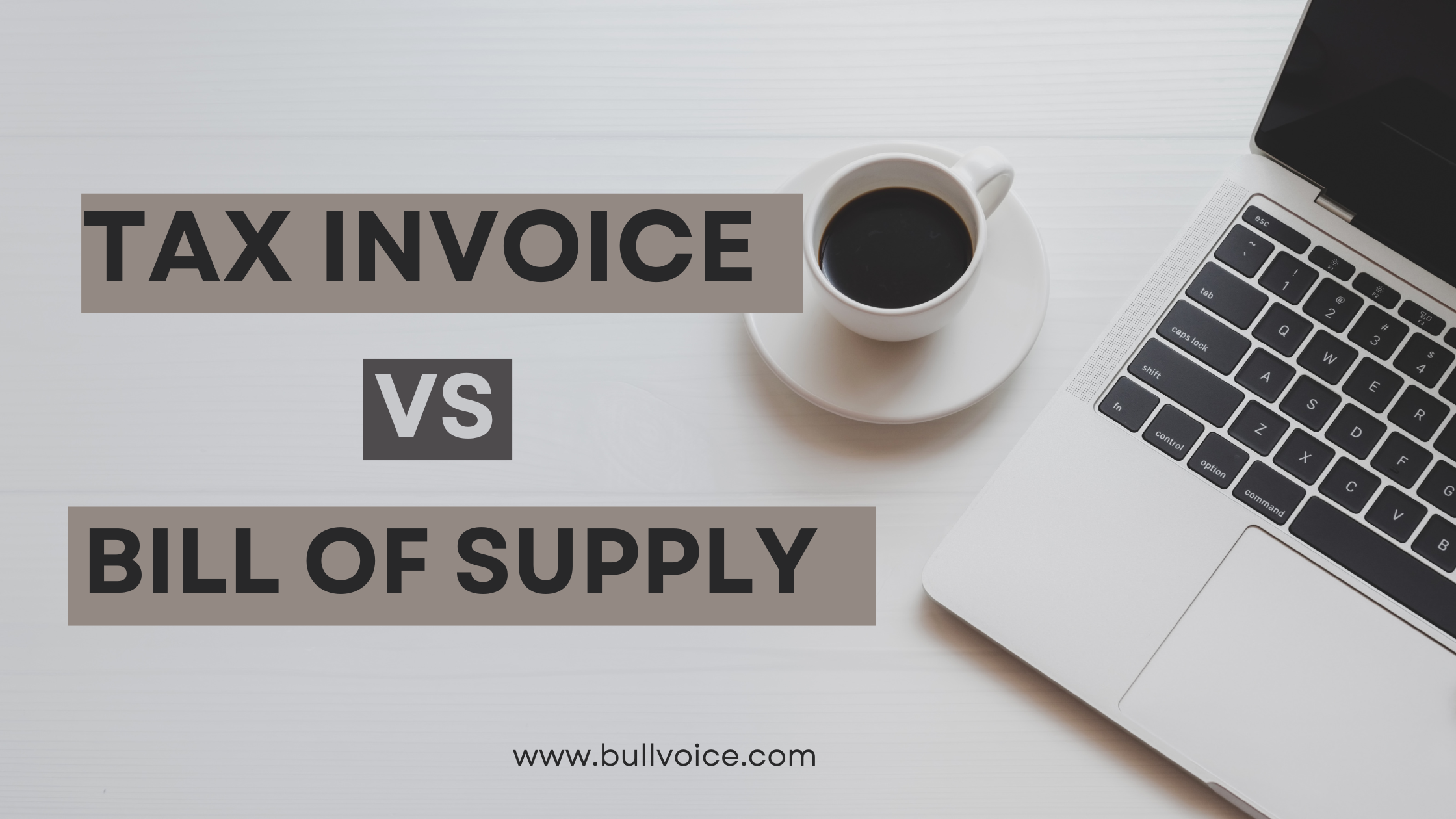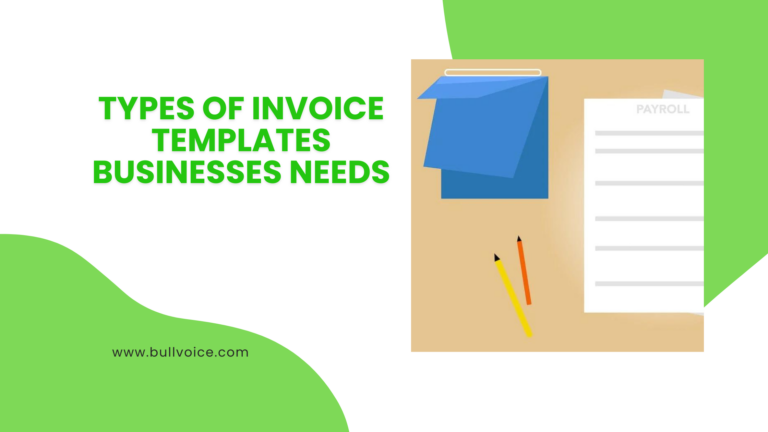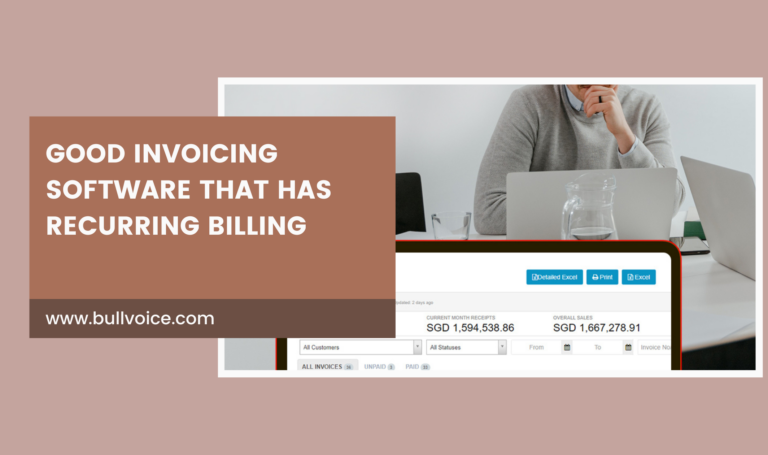Tax invoicing vs Bill of supply are differentiated according to conditions, but there are actually some key differences between the two. A tax invoice is issued by a registered business and is used to calculate GST, while a bill of supply is issued by a GST-registered business and is used to calculate input tax credits. So, which one should you use for your business? Read on to find out.
Is tax invoicing and billing same?
The answer to this question is no, tax invoicing and billing are not the same. While a bill of supply is simply a document that records the sale of goods or services, a tax invoice is a document that includes all of the information required for the government to properly assess and collect taxes on the sale.

This means that a tax invoice must include the name and contact information of the seller, as well as the name and contact information of the buyer. The tax invoice must also include a description of the goods or services being sold, the date of sale, the quantity sold, the unit price, and the total amount due (including taxes).
Is bill of supply same as an invoice?
In India, a tax invoice and a bill of supply are two different types of documents that serve different purposes. A tax invoice is used for taxable sales and must include certain information, such as the seller’s GSTIN, the buyer’s name and address, the description of the goods or services sold, the quantity sold, the rate of GST charged, and the amount of GST payable. A bill of supply, on the other hand, is used for exempt sales or sales made at a concessional rate of GST. It must also include certain information, such as the seller’s GSTIN, the buyer’s name and address, the description of the goods or services sold, and the amount charged (without GST).
Is there a difference between Billing of Supply and Invoicing?
Yes, there is a difference between billing of supply and invoicing. Billing of supply is used when supplies are made without consideration, while invoicing is used when supplies are made in exchange for payment.
When it comes to running a business, there are a lot of little details that can trip you up if you’re not careful. One such detail is understanding the difference between a Bill of Supply and an Invoice.
At first glance, it might not seem like there’s much of a difference between the two. After all, both documents are used to document a sale and request payment from a customer. However, there are some key differences that you need to be aware of, lest you run into trouble with the taxman.
So, what exactly is the difference between a Bill of Supply and an Invoice? Let’s take a closer look:
A Bill of Supply is typically used for sales that are exempt from GST. This could be because the goods or services being sold are exempt from GST, or because the customer is eligible for a GST exemption (such as if they’re an NGO or government body).
An Invoice, on the other hand, is used for sales that are subject to GST. This includes most sales made by businesses to consumers (unless the consumer is exempt from GST).
The main difference between these two documents, then, is what kind of sale they’re used for. It’s important to make sure you use the correct document for each sale, as using the wrong one could result in you paying penalties or getting into hot water with the ATO.
How do company do billing and invoicing?
Most businesses in India generate invoices and bills that conform to certain standards. An invoice is a commercial document issued by a seller to a buyer, relating to the sale of goods or services. A bill of supply is a document that contains all the information relating to the supplies made by a seller to a buyer, but does not include any tax details.
Tax invoices are usually issued by businesses who are registered with the GST (Goods and Services Tax) system. A tax invoice must contain certain information, such as the GSTIN (GST Identification Number) of the business, the name and address of the business, the date of supply, the description of the goods or services supplied, the quantity supplied, the rate of GST charged, and the amount of GST payable.
A bill of supply does not need to contain any GSTIN or other tax-related information. It can be issued by businesses who are not registered for GST. A bill of supply must contain certain information, such as the name and address of the business, the date of supply, the description of the goods or services supplied, and the quantity supplied.
Companies usually send out invoices on a monthly basis. The process of billing and invoicing can vary from company to company, but typically involves creating an invoice template, entering data into the template (such as the customer’s name, address, and purchase details), and then sending the completed invoice to the customer.
In some cases, customers may be able to set up automatic payments so that their invoices are paid automatically. This can be done through a service like PayPal or by setting up a direct debit with the company.
It’s important to keep accurate records of all billing and invoicing activity, as this information can be used for tax purposes. In most countries, businesses are required to charge value-added tax (VAT) on all goods and services that they provide. The VAT rate varies from country to country, but is typically around 15-20%.
 Start free
Start free




